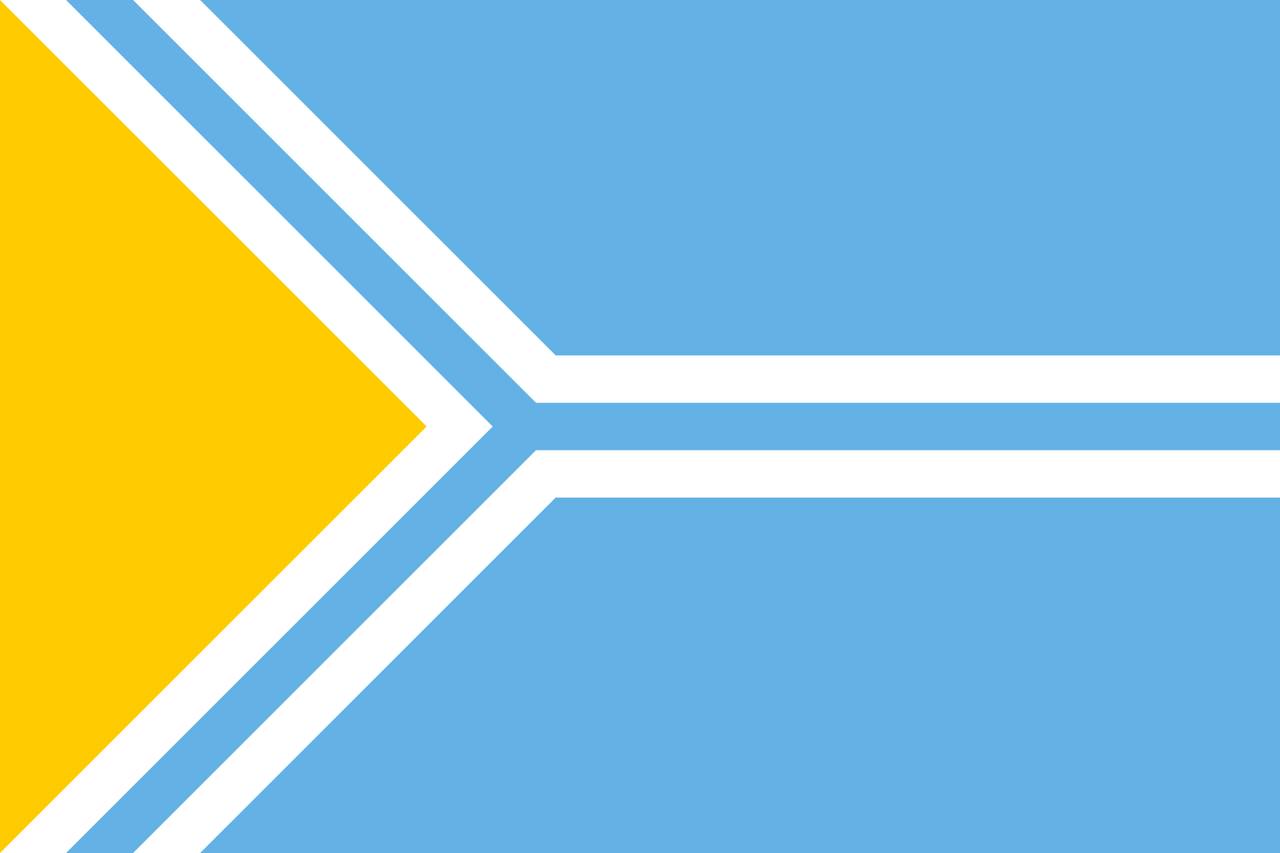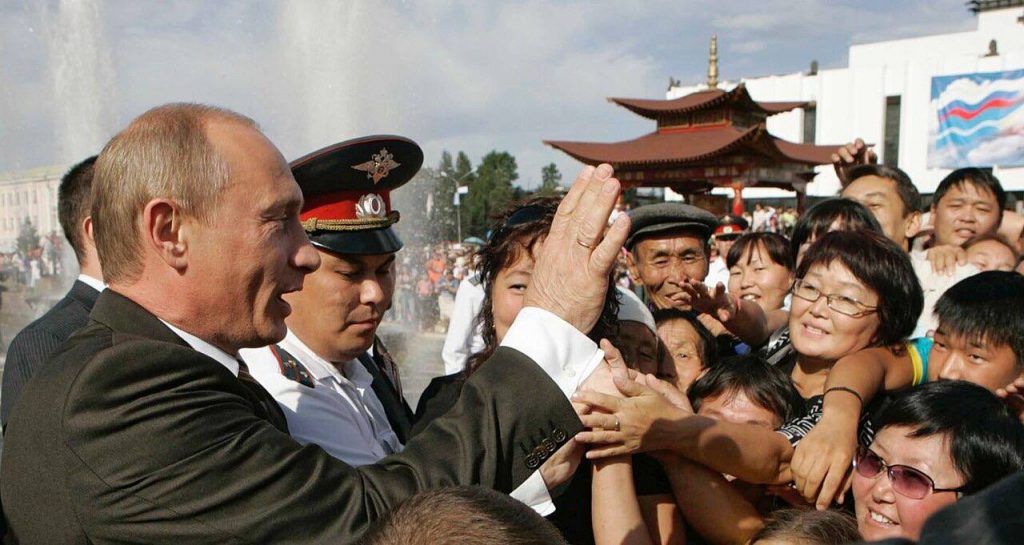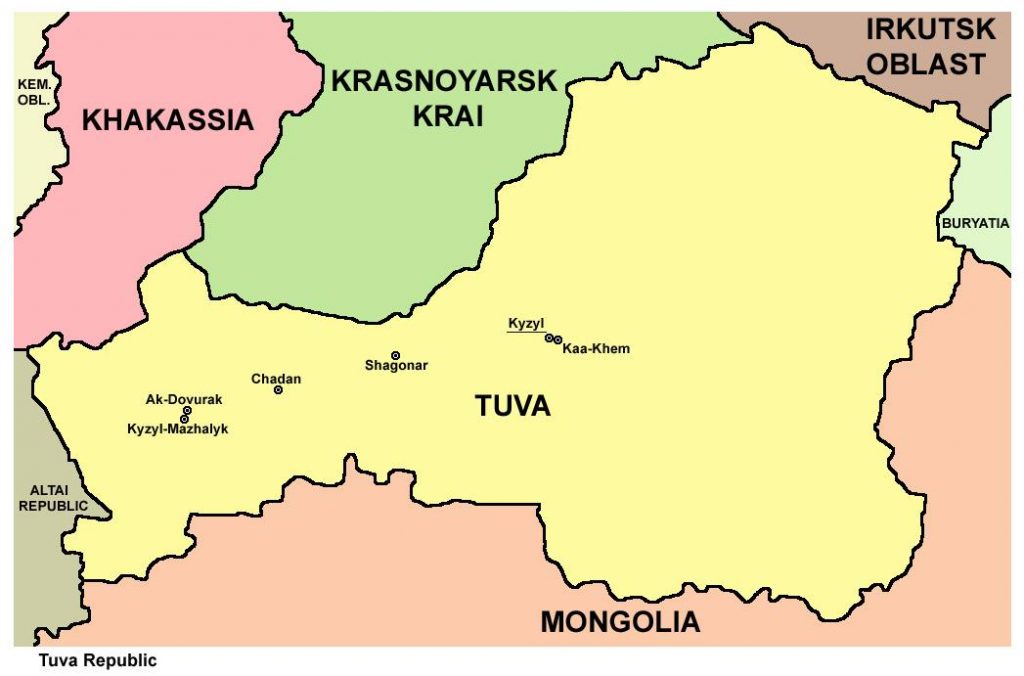Nestled in the heart of Central Asia, the Tuvan Republic is a land shrouded in mystery and steeped in history. Known for its unique culture, throat singing, and stunning landscapes,
Tuva’s journey from a nomadic society to a part of modern Russia is a fascinating tale of resilience and transformation. Let’s delve into the rich tapestry of Tuva’s past, from its early days under Tsarist rule to its current status within the Russian Federation.

Table of Contents
The Early Days: Tsarist Influence and the Rise of the Tuvan Identity
Tuva’s history is a mosaic of cultural influences, shaped by its geographic location and the diverse peoples that have inhabited its lands. In the late 19th century, Tuva, then known as Tannu Uriankhai, came under the sphere of influence of the Russian Empire. The Tsarist regime sought to consolidate its control over Central Asia, and Tuva, with its strategic position, was a valuable asset.


During this period, Tuva was administered as a protectorate by the Qing Dynasty of China, while Russian settlers and traders began to make their way into the region. This dual influence left a lasting impact on Tuvan culture, blending Russian and Chinese elements with indigenous traditions. Despite these external influences, the Tuvan people maintained a strong sense of identity, rooted in their nomadic lifestyle, shamanistic beliefs, and a deep connection to the land.
The influence of Russian traders and settlers introduced new goods and ideas to the region, while the Qing Dynasty’s administrative control was more nominal than practical, allowing local customs and governance to persist. This period was marked by a relative stability, but also by a growing sense of distinct Tuvan identity that began to solidify as external pressures increased.
The Road to Independence: The Tuvan People’s Republic
The early 20th century was a period of significant upheaval in Central Asia, and Tuva was no exception. The collapse of the Qing Dynasty in 1911 and the subsequent turmoil in China provided an opportunity for Tuva to assert its independence. In 1912, Tuvan nobles declared independence from China and sought protection from the Russian Empire. However, the Russian Revolution of 1917 and the ensuing Civil War left Tuva in a state of uncertainty.
Amid the chaos, the Tuvan People’s Republic (TPR) was established in 1921, with support from Soviet Russia. This small, landlocked state embarked on a path of socialist development, heavily influenced by its Soviet neighbor. The TPR adopted a planned economy, nationalized land and industry, and launched campaigns to eradicate illiteracy and improve healthcare.
During the 1920s and 1930s, Tuva underwent significant social and economic changes. The government sought to modernize the economy by introducing new agricultural techniques, establishing state-run industries, and promoting education. These efforts were part of a broader Soviet strategy to integrate Tuva into the socialist fold, both politically and culturally.
Despite its socialist leanings, Tuva maintained a unique cultural identity. The government promoted the Tuvan language and culture, and the region became known for its rich tradition of throat singing, a distinctive form of musical expression that uses harmonics to create multiple pitches simultaneously. This art form, known as “Khoomei,” has been recognized as an intangible cultural heritage by UNESCO and remains a symbol of Tuvan identity.
However, Tuva’s independence was short-lived. In 1944, at the height of World War II, the Tuvan People’s Republic was voluntarily annexed by the Soviet Union, becoming the Tuvan Autonomous Oblast within the Russian Soviet Federative Socialist Republic (RSFSR). This transition marked the end of Tuva’s brief experiment with independence and the beginning of a new chapter under Soviet rule.
Soviet Era and Cultural Revival
The incorporation of Tuva into the Soviet Union brought about significant changes. The Soviet government undertook efforts to integrate Tuva into the larger Soviet state, promoting industrialization, collectivization of agriculture, and the spread of Russian language and culture. These policies aimed to transform Tuva from a traditional, nomadic society into a modern socialist republic.
The Soviet period saw the development of infrastructure and the establishment of new industries, particularly in mining and agriculture. However, these changes also posed challenges to traditional Tuvan ways of life. The collectivization of agriculture, for instance, disrupted the nomadic herding practices that had been central to Tuvan society for centuries.


Despite these challenges, the Soviet era also saw a revival of Tuvan culture. Throat singing, or “Khoomei,” gained recognition and was promoted as a symbol of national identity. The Tuvan language was standardized and taught in schools, and efforts were made to document and preserve Tuvan folklore and traditions. This cultural revival was part of a broader Soviet policy of promoting the cultural distinctiveness of its various ethnic minorities while integrating them into the socialist state.
The late Soviet period, however, was marked by economic challenges and a decline in living standards. The centrally planned economy struggled with inefficiencies and a lack of investment, particularly in the peripheral regions like Tuva. The collapse of the Soviet Union in 1991 brought uncertainty and hardship, as Tuva, like many other regions, struggled with the transition to a market economy.
The Tuvan Republic Today: Autonomy within the Russian Federation
In the post-Soviet era, Tuva became the Tuvan Republic, an autonomous republic within the Russian Federation. This period has been characterized by efforts to balance economic development with cultural preservation. The Tuvan government has sought to promote tourism, capitalizing on the region’s unique cultural heritage and natural beauty.
Tuva’s rich cultural traditions continue to thrive. Throat singing has gained international acclaim, and the region hosts the annual International Symposium of Khoomei, attracting performers and enthusiasts from around the world. The Tuvan language is taught in schools, and there are ongoing efforts to document and revitalize traditional crafts and practices.
Economically, Tuva remains one of the less developed regions of Russia, facing challenges such as high unemployment and limited infrastructure. However, the region is rich in natural resources, including minerals and timber, which offer potential for future development. The Tuvan government has been working to attract investment and improve living standards for its residents.
In recent years, there has been a growing interest in Tuva from both domestic and international tourists, drawn by the region’s unique culture and stunning landscapes. The government has been investing in infrastructure to support this growing industry, including improving roads and accommodations. However, balancing tourism development with the preservation of Tuva’s natural and cultural heritage remains a challenge.
Conclusion: A Unique Journey
The history of the Tuvan Republic is a testament to the resilience and adaptability of its people. From its days under Tsarist influence to its brief period of independence, and through the Soviet era to its current status within the Russian Federation, Tuva has navigated a complex and often challenging path. Today, Tuva stands as a unique cultural enclave, preserving its traditions while embracing the modern world.
Travel to the Tuvan Republic
For travelers, Tuva offers a rare opportunity to explore a region that is both remote and deeply connected to its cultural roots. Whether you’re drawn by the haunting melodies of throat singing, the rugged beauty of the Sayan Mountains, or the chance to experience a culture that has preserved its identity against the odds, Tuva is a destination that promises adventure and discovery.
From a logistics point of view traveling to here is no different to any other part of Russia, in that you need a Russian visa – not always an easy task, but at least one that is becoming easier.
Travel wise it is not only home to, or rather near to Lake Baikal, but is itself on the Trans-Mongolian Railway. YPT previously even ran tours here, something are actively looking at again. These can all of course be found on our Soviet Europe Page.





